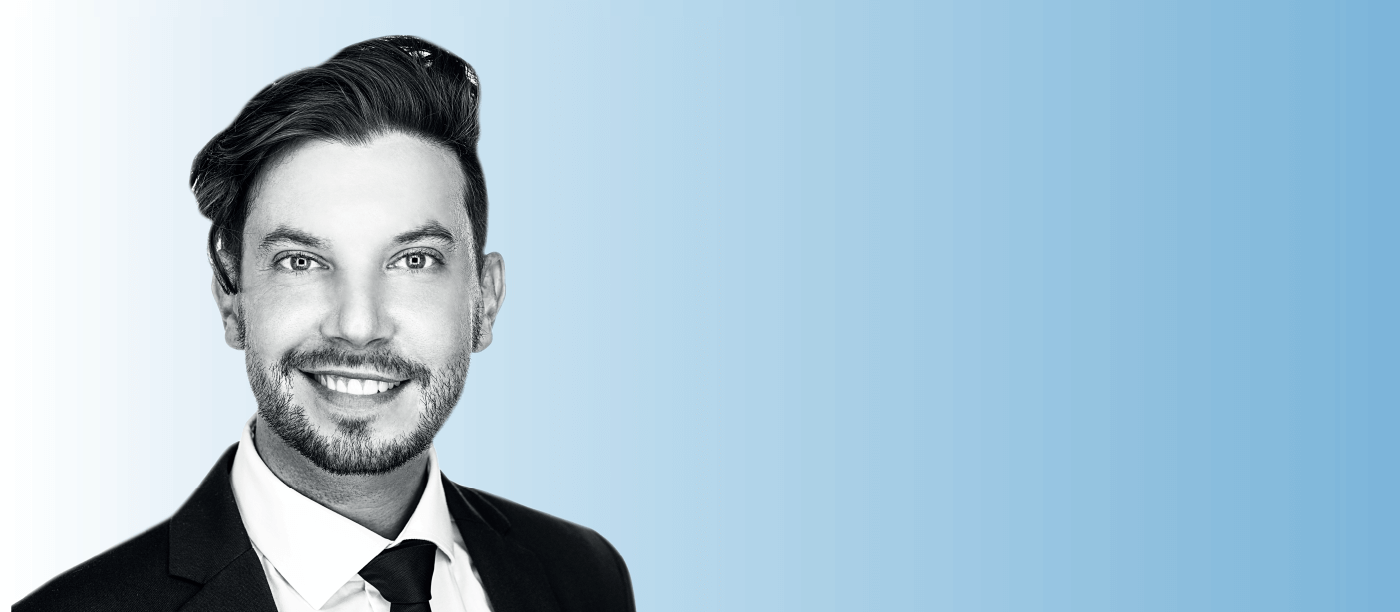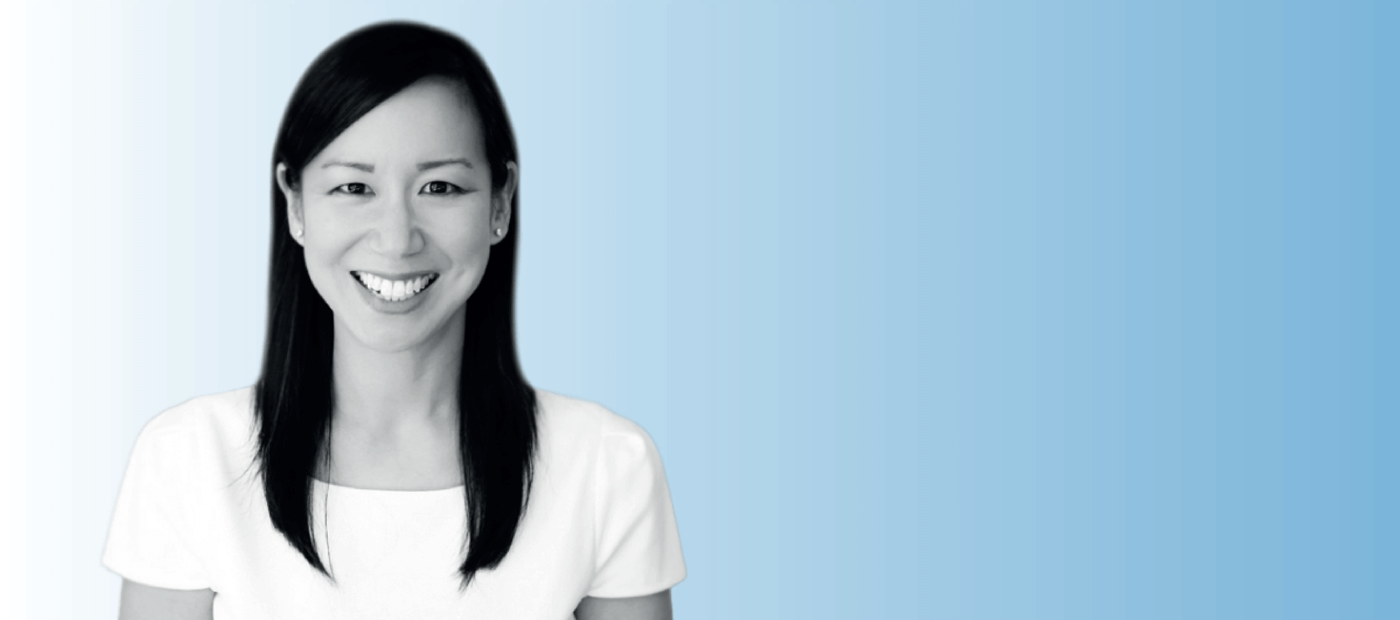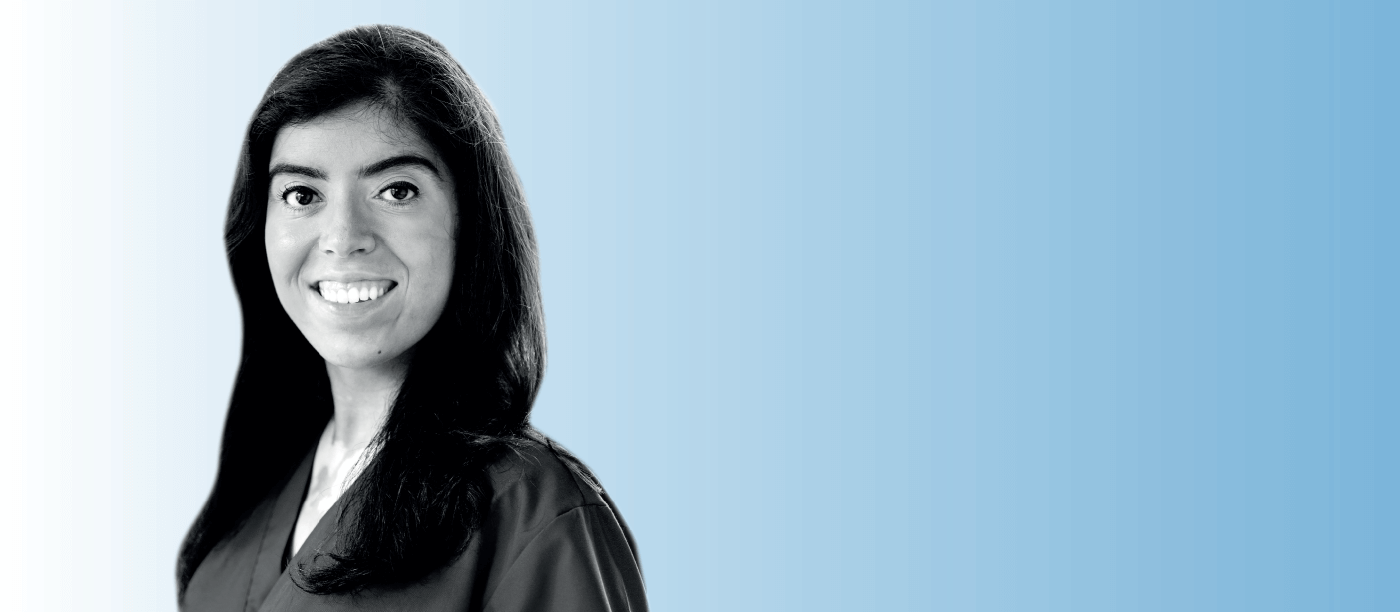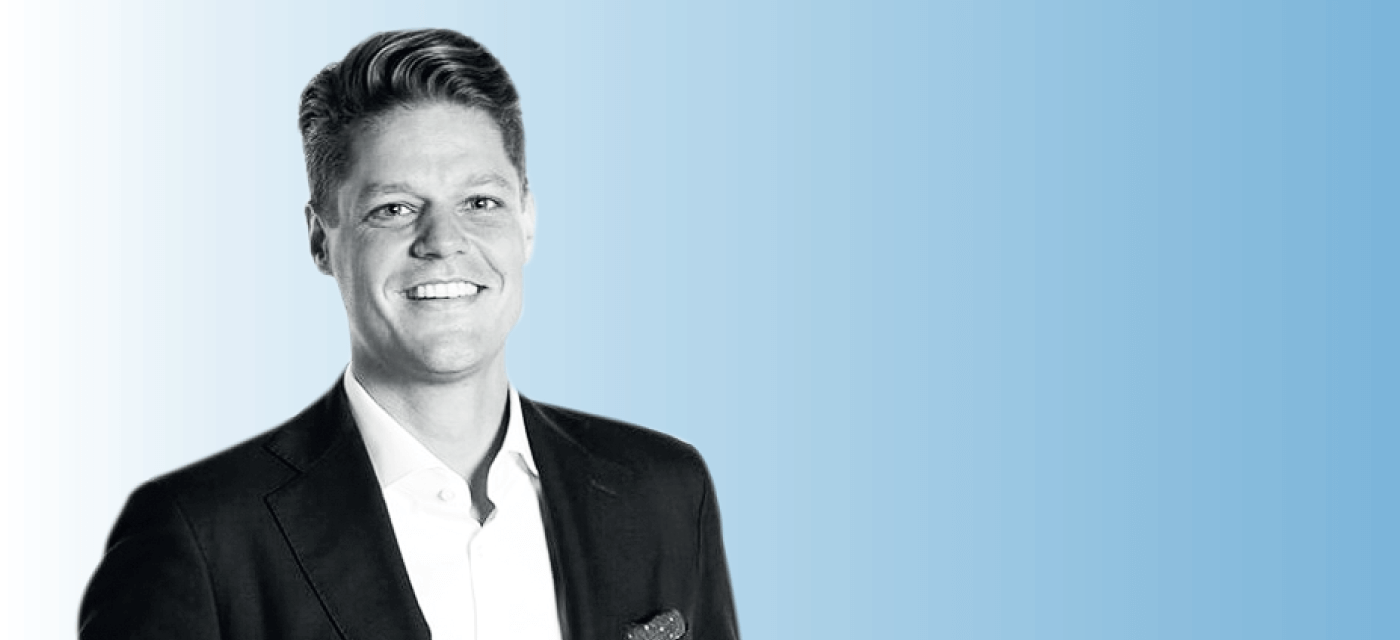
Discussion chair: Ben LaHood, refractive, cataract and laser vision correction surgeon at Ashford Advanced Eye Care and The Queen Elizabeth Hospital, Adelaide, Australia.
Andrea Ang, a consultant ophthalmologist at the Lions Eye Institute and Royal Perth Hospital in Australia, who specializes in corneal and refractive surgery.
Martin Dirisamer, cornea consultant at the University of Munich, the University of Graz, and at Wels-Grieskirchen, and co-owner at Smile Eyes Laser Clinic in Linz, Austria.
Ashiyana Nariani, Cornea & Refractive Surgeon and an Ocular Oncologist, Assistant Professor in the Department of Ophthalmology at King Edward Memorial (KEM) Hospital and Seth G.S. Medical College in Mumbai, India.
... click here!
Why is refractive surgery an attractive option for young ophthalmologists?
Ben LaHood: During my training, when people would ask which subspecialty I would be choosing, I answered honestly that I wanted to be a refractive surgeon. This was quite a controversial statement and those same people often pointed me to the “right answer” – perhaps a corneal surgeon with a bit of refractive work on the side? I feel that perceptions are now changing – refractive surgery has really become a subspecialty in its own right, and there are more people stating from the start that this is what they want to do.
Andrea Ang: These days, to be a good cataract surgeon, you also have to be a good refractive surgeon. Our generation is really fortunate to have access to such amazing technology – diagnostics, IOLs, and surgical instruments – so there is a real push is to get excellent refractive outcomes.

People might see refractive surgery as a cosmetic procedure, but we are actually able to improve our patients’ quality of life through our work! I can’t think of many things that are so rewarding. Our patients are amazed at the difference in their eyesight – and their improved ability with sports or play with their children.
Ashiyana Nariani: Historically, refractive surgery was always deemed an add-on to phaco or corneal surgery. But now it is finally becoming mainstream as a standalone subspecialty. This change is really exciting.
I may have a different outlook to the other panelists, as I work in India with underserved patients. We do a lot of work to correct refractive error – a congenital defect – and being able to help my patients gives me great satisfaction. There are substantial and important movements in global ophthalmology these days – from India or Nepal to Africa – to address refractive error with refractive surgery. I’m sure there are young ophthalmologists out there whose dream is to go to underserved populations, perform refractive surgery and treat blindness in this way.

LaHood: Ashiyana makes a great point. For ophthalmologists removing cataracts in developing countries, addressing the total refractive error is vital; we cannot leave patients with a -6 D error or disabling astigmatism – we must enable them to see clearly.
Martin Dirisamer: For people our age, there aren’t many subspecialties in ophthalmology that offer so much – but refractive surgery fits the bill. When you can make a difference to your friends and family, it really matters.


What advice would you give about finding the right refractive fellowship and training?
LaHood: Most people going through medical school and moving on to ophthalmology tend to have type-A personalities, wanting to be the best in their field. I knew that I wanted to become a refractive surgeon, but the right fellowship was difficult to find. I was looking for a very hands-on fellowship, but it seemed that, especially in the US, there was a lot of red tape attached to trainees pushing the button – and that put me off a little bit, even though some of the fellowships seemed really great. Now that the Refractive Surgery Alliance is on the scene, I hope fellowships and training will be easier to find.
Dirisamer: In Austria, we don’t have formal fellowships, so it’s crucial to find a mentor who you can observe for a sufficiently long period of time; you must count on their willingness to teach you what they know. But I would have preferred a more formal fellowship – with guaranteed training and a set framework. I am happy with my education, but it wasn’t easy to come by!
Nariani: I did my cornea, external disease, and refractive fellowship at the Duke Eye Center in North Carolina in the US. I feel very fortunate to have received such great training, with a significant volume of knowledge and practice in refractive surgery. Contrary to what Ben found, I think the US has such a wide variety of fellowships that you are bound to find the right one for you. There are many different aspects to look at when choosing the right training, so decide if you want to focus more on refractive surgery, more on cornea, or do a bit of both… Ask yourself what you’d like to be doing in 10 years’ time. Would it be private practice, a group setting, or a different environment? Then you should be able to choose the best mentor for you. This aspect is really important – wherever you decide to go, try to find a mentor who is ahead of the game and willing to try new things with you involved; after all, as Andrea mentioned, refractive is a fast-moving field with really exciting new technologies. If your mentor moves with the times, then when you graduate you are very likely to have the same mindset, wanting to try new things – and this is an essential attribute of an excellent and successful surgeon.
Ang: I was lucky enough to do my first fellowship at the Cincinnati Eye Institute, training with Edward Holland. Refractive surgery wasn’t the main focus of the corneal fellowship, but we did laser refractive surgery and cataract surgery. I then worked with Donald Tan in Singapore, who also did LASIK. The most important aspects of my training were learning about patient selection, reading corneal topography – basically pre- and postoperative management, as is the case with most surgeries. If your fellowship focuses on these aspects, you’ll be best prepared and the practical experience follows. Mentors are also essential – as the others have mentioned! You need a really experienced person you can talk to and discuss specific cases. A formal fellowship might not be necessary, but you need a trusted person to whom you can turn for advice or help.
How do you go about making important decisions about your practice – who do you trust?
Ang: I love attending the Australasian Cataract Refractive Society (AUSCRS) Meeting, which is a smaller meeting with amazing international and Australian refractive surgeons in attendance, where we discuss the latest in refractive developments. Younger ophthalmologists sit among people we’ve looked up to, our mentors, and we have the opportunity to ask them questions about cases, new techniques, or new products. Building your network is very important.
Dirisamer: It’s crucial to be able to engage in a meaningful discussion. It seems like innovations are popping up every week! New technologies, new IOLs; everything has the same tag: “best and latest.” You need to talk to other people and follow your personal rules when it comes to picking specific products or techniques; for example, basing decisions on big, prospective studies, and working out specific differences between certain products, such as IOLs. I’m not always an early adopter; sometimes I prefer to wait until after the first wave so that I have a clearer picture of what is worth my time and money.
It’s important to remember that we will never be 100 percent in the right. There are examples of products that everyone gets excited about and then they turn out not to be as great as everyone thought. But even if we are not always right, we must remember that it is our task to filter out the best technologies for our patients. Additionally, these are individual decisions; what works well for one surgeon, might not work as well for another.
LaHood: There is definitely room for conservative refractive surgeons; the subspecialty sometimes gets a bad reputation for being too experimental. And, typically, even a conservative refractive surgeon tends to be more “gung ho” than a conservative vitreoretinal surgeon. In Australia and New Zealand, we are usually blessed with early releases of new equipment and products to which we have immediate access, but I still think that physicians on this side of the world are quite conservative. It can be difficult to start a new trend if colleagues in your immediate vicinity are not keen on trying something new.
Ang: I always try to start with thorough research of the product – there are so many technologies on the market, with new ones coming out all the time! First, I aim to understand the science behind the product and look at clinical trial results. Patient selection is extremely important, so, for any technique or product I want to try, I first pick patients that appear to be most suited to it. Such a conservative approach works for me.
I think that we should always try to build our processes up slowly and carefully. Putting multifocal lenses in the first 10 patients at the start of your refractive career is not the way to go. It is vital to keep the balance right between being an early adopter and sticking to what you know well – but always remember, the science comes first, and open discussions with patients should follow.
How does going solo compare with joining an established practice? Or does a public setting win?
LaHood: After my fellowship, I went straight into fully private practice, which I slightly regret; I missed public practice and I’ve recently returned to that – working with registrars and teaching are very rewarding. For a narrow refractive practice, there aren’t many opportunities in the public system in Australia and New Zealand; it is easier if you also specialize in a related subspecialty such as cornea.
Nariani: When I asked myself what I wanted to do after my fellowship, I knew I wanted to come to India and serve the underserved, so I worked backwards from that goal. I work in a government-funded municipal hospital. I had initially started off in private practice where I got a glimpse of the “business of refractive surgery,” if you will. Now, with the pandemic, I watch my friends who decided to invest in their own refractive surgery practice struggle to repay loans or face other financial struggles. The burden is tremendous.
Having said that, it should not be a deterrent. Just make sure you are realistic and know that it’s not plain sailing, and you have to take those aspects into consideration. This advice is perhaps more important for a refractive surgeon than those in other ophthalmic subspecialties.
My personal dream is to build a surgery suite for the underserved patient population. Improving patients’ quality of life through refractive surgery has the potential to have widespread impact. However, in developing nations, when focusing your work on the poor, establishing a financially sustainable model may not always result in breaking even. The key is to build a smart financial plan while ensuring the highest quality of care is delivered and maintained at all times.
Dirisamer: I have found the public setting, at the University Clinic in Munich, to be the best way to start a refractive career here in Austria and Germany, as it is free of financial risks and you can figure out whether it really is the career for you and if you are passionate about it. The refractive route might not look very difficult at first glance, but it is very demanding. You must care for a special group of patients, so there is always the possibility that it won’t suit you. I know many ophthalmologists who tried refractive surgery and decided it wasn’t for them, and the public system allows you to do that. However, it can be limiting: the likelihood is that you won’t be able to perform LASIK or SMILE in a public setting, and even if you do, the numbers won’t be as high as in a private practice. And that’s why I now divide my week between the academic setting (two days a week), and a private practice. I think I will continue in that direction for the next few years as it has worked really well for me. If you are set on a career that’s purely in private practice, my advice would be to join a group, as it offers you a little more safety and reassurance.
Ang: I work one day a week in a public setting, and the rest in a private practice. It is a group practice, so fortunately my start-up costs weren’t too high. I can see many advantages of joining an established practice: you can rely on colleagues with more experience, the equipment is already there… I knew I wanted to work with those particular people, and the working environment was amazing. Of course, you have less control over important decisions – purchasing new equipment or hiring staff, but you don’t have to deal with all the bureaucracy on your own. When you are at the start of your career, it might be a good idea to become a locum in a few different practices, to see what suits you best. I didn’t do it, as I had a very clear idea of where I wanted to work, but if you don’t – it’s a really good way to start the process.
How did you manage to step out from your mentor’s shadow and establish yourself in the field?
Ang: I work with Graham Barrett, one of the best-known figures in the field. It’s been my honor and privilege to be mentored by him and by Steven Wiffen, who I also share a practice with. I have enjoyed working with them and learning from them, and I haven’t really seen myself as being in their shadow. We shouldn’t underestimate what we have to offer, even at the start of our careers. There is always something we bring to the table; for example, we might be more inclined to consider introducing new technologies. These days, industry perceives us as a generation of influencers in the refractive sphere.
Of course, you have to build up your own practice, your results, and your relationships with your patients – we rely heavily on word of mouth in this field. But patients don’t always go for the biggest name, and once you can share good results, they speak for themselves.
Dirisamer: In my practice, I have a senior partner, and a junior partner, so I’m pretty much in the middle. I see huge potential in colleagues within a practice specializing in slightly different areas, as the whole group benefits. It doesn’t make sense to just copy what your senior partner does or try to do every single thing they do as well as they do. To help you grow, choose your own specialties. And then you can help more junior colleagues find their own preferred niche.
Nariani: I don’t necessarily go out of my way to differentiate myself, but I do try to compete with myself, and not with others. In India, a country of over a billion people, there is plenty of work to go around. If I feel that there is a person out there who knows more than I do, I try to learn more and become a better surgeon. The most important thing for me to remember is to keep making a difference to my patients and to stay passionate about what I do. Tomorrow, I want to be a better doctor than I am today, but this learning process can work in many ways: I learn from my residents, just as they learn from me. I don’t feel like I have to be better than them as we are all working towards the common goal.
What do you consider to be the most vital parts of the job?
LaHood: Going into refractive surgery for the right reasons – not simply to make money – is incredibly important. I feel like there has been a big change in how refractive specialists are perceived over the past few years – from “laser jockeys” simply pressing the button to doctors who help people. The subspecialty has gone from being seen as a cosmetic luxury to more of an art form. It’s been a very positive change.
Dirisamer: It’s vital to always remember that healthy eyes are the ultimate outcome. Ask yourself: “Would I perform this procedure on my mother or another family member? Is this the safest option there is? If there is a risk, is it necessary?” Asking those questions is key to being a good refractive surgeon.
Ang: I think more women entering the subspecialty has helped soften the way refractive surgeons are perceived. However, patient expectations have increased, so our generation has to make sure that we are well equipped to meet those demands. People expect to be fully spectacle-free, and we have to find ways to achieve such outcomes.
Is it important for refractive specialists to have an online presence?
LaHood: Patients feel welcome to tell everyone how good or bad they feel their surgeon was, and this includes Google reviews and similar. It’s so easy for them to rate their doctors, so it’s important for us to stay on top of it and maintain our reputation online. Sometimes I wish I could rate my patients online and give them reviews! Maintaining an image is especially vital for the younger surgeons. I run an Instagram page as I’ve been told that it is something you have to do these days. You have to be “out there,” seen presenting and shaking hands, almost like a politician. I don’t particularly enjoy it, but I play the game.
Ang: I don’t have Instagram, and I’m not even on Facebook! It’s quite unusual these days. Of course, you need a website and be out there promoting your name, but I also think that the old-fashioned way – getting good results and getting your patients’ opinions to do the promotion for you – still works. Speaking at meetings and publishing articles certainly helps build your reputation in the field. I should point out that our laser vision center keeps our Facebook and Instagram up to date, and younger generations do consider it important.

Dirisamer: Younger colleagues definitely have easier access to social media than more experienced specialists. You have to find your own style of communicating with patients, but you have to remember that the group that is attracted to social media channels is exactly the group you want to reach, so you need some kind of an online presence. It’s actually an inexpensive way to market yourself, but it is time consuming. Patients always want to know their doctors, see pictures, watch interviews, and hear explanations of their treatment. Nevertheless, I agree with Andrea, it is possible to do things the old-fashioned way – it’s just harder to reach the younger patient population.
LaHood: When I left a practice in Auckland, New Zealand, I was suddenly left with no online presence, as it had all been done through the practice. It felt like I disappeared! I listened to my colleagues’ advice who said that I needed a website – somewhere patients could go and look me up, to see that I was still practicing.
Nariani: Even if we don’t want to keep active social media channels, it’s a necessity these days, and part of the life we and our patients live. When we, as doctors, help someone, we don’t necessarily want to shout about it, but sometimes we have to. I limit social media posts to one a day, and don’t spend more than five minutes on it. The rest of my day is for my patients. I also remind myself to post meaningful messages and show myself as a real person – it doesn’t always have to be rosy. Patients will like you for who you are. If we are real and honest, patients will appreciate it.
LaHood: I host a podcast and some of the most honest content has been the most popular. We fear that when we admit to making a mistake, others will perceive us negatively. But actually, my experience has been different. When I discussed a minor complication on the podcast, I got a lot of positive feedback from my colleagues. They commented how nice it was to finally see someone openly say, “Yes, I’ve messed up, and this is how it can be corrected.” It feels to me like there isn’t enough honesty out there on social media, but at the more intimate conferences, such as the AUSCRS Meeting, people share their failures as well as their successes, so we can all learn from each other’s mistakes.
What excites you about refractive surgery right now?
Dirisamer: Very quick procedures to address big issues! Being able to relieve someone from glasses or contact lenses within a very short amount of time is a brilliant feeling. In terms of new technologies, I’m looking forward to seeing the next step in Relex SMILE, maybe something like wavefront-guided SMILE. With regards to IOLs, it will be great to see multifocals with no glare or halo widely used, as well as more precise IOL calculations.
Ang: There are many things that excite me, such as improvements in biometry measurements. I appreciate incremental improvements that boost accuracy. And, like Martin, I’m looking forward to second-generation SMILE, without some of the issues that the first generation has. Barriers are also being pushed in lens development, with companies squeezing in better optics with each design.
LaHood: I’ll play the devil’s advocate and say that I think we are reaching a point where we are getting as good as we can preoperatively. I might look back on this in five years’ time and regret saying it! But I’m more excited about the idea that we will be able to adjust outcomes postoperatively.
Nariani: I find the idea of light-adjustable IOLs really exciting, I’m really waiting for this innovation. But I’m also looking forward to the day when we get used to the idea of global refractive surgery for underserved populations. Providing multifocal lenses to these patients and relieving them of glasses will be a huge step forward.
